[ad_1]
Compost turns chunky mulch into wealthy, crumbly soil. It’s top-of-the-line methods to cycle vitamins in your backyard—weeds, kitchen scraps, and backyard clippings decompose into priceless inputs for the soil. The decomposition course of invitations worms, micro organism, and fungi that add illness resistance, water retention, and vitamins to the dust.
A scorching compost pile is the quickest method to flip uncooked supplies into black, crumbly soil. You may have compost in as little as two weeks! The microorganisms generate warmth as they work to eat your scraps. The warmth helps pace up mulch breakdown and kill illnesses or weed seeds.
In case you just lately made a pile it could take just a few days to warmth up. There are just a few tips you need to use to enhance warmth ranges and successfully handle your compost. The query stays, how scorching ought to our compost piles be? Let’s dive into cold and hot compost, and easy methods to maintain your pile acting at its finest.
City Worm Thermometer – Excellent for the Backyard & Worm Bin
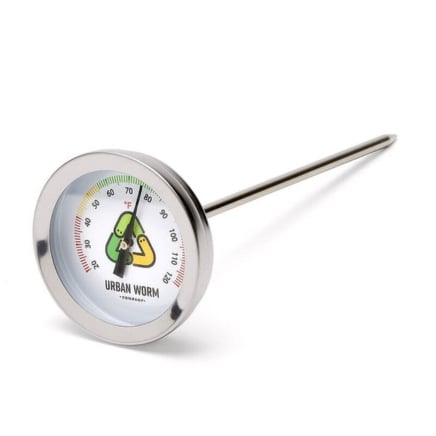

Maintain monitor of soil and worm bin temperature precisely with the City Worm Thermometer. The stainless-steel stem penetrates as much as 5-inches into soil to provide the most correct studying. And the inexperienced, yellow, and purple tick marks let you realize while you’re within the optimum zone in your soil microbes and worms.
The Brief Reply
Compost ought to have totally different temperatures relying on its life cycle. Recent piles are the most well liked, whereas mature, curing ones cool off. As microorganisms, worms, and nematodes eat up uncooked waste, they produce tons of warmth. It dissipates after they devour all of the waste, after which you’ll be able to harvest the pile and use its compost in your backyard.
Decomposition happens at its biggest between 104-140°F (40-60°C). As waste runs out, temperatures slowly decline under 84°F (29°C). Use a soil thermometer to measure the piles, or look ahead to seen steam curling out of freshly turned compost.
The Lengthy Reply
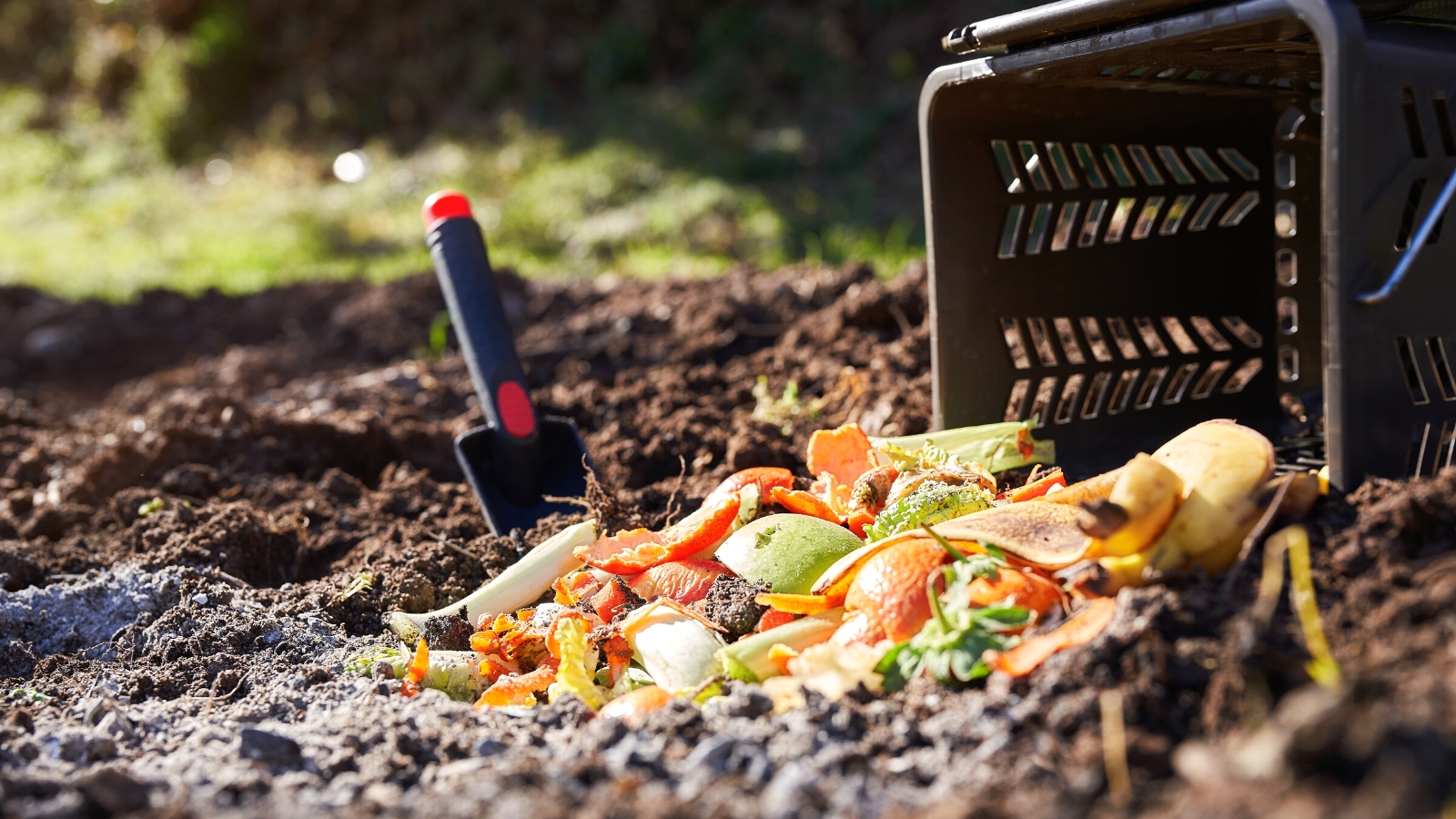

Compost is advanced! How scorching your pile will get depends upon particle measurement, aeration, moisture ranges, and browns-to-greens ratios. Let’s dive in.
Sizzling Compost Is Sizzling!
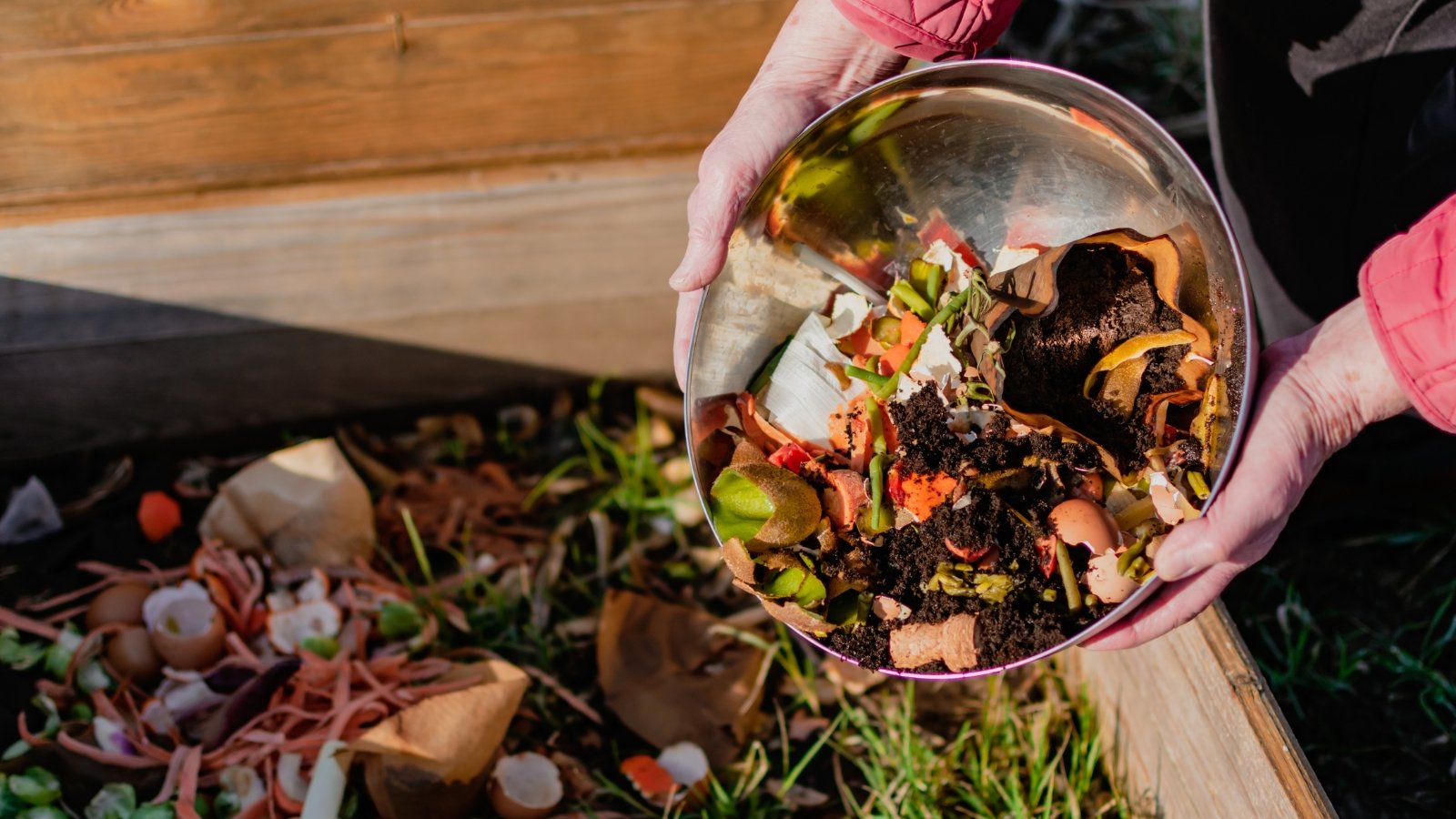

It’s magical that you could stack lifeless leaves, banana peels, and plant clippings to create contemporary soil. Sizzling compost piles are one of the best ways to do that, as they create hospitable situations for the nice microorganisms you need in your soil. Take correct care of your pile, and it’ll take wonderful care of your crops.
Sizzling piles want a correct ratio of browns to greens, often round 2:1 or 3:1—this causes a 30:1 ratio of carbon to nitrogen generally, which is right for the tactic. Browns are dry plant materials like lifeless leaves, skinny twigs, chemical-free paper waste, and straw. Greens are contemporary materials like kitchen scraps, fleshy crops, grass clippings, and farm animal manure.
When you’ve combined the supplies in a pile, water it so it’s 50% moist. Grasp a clump and squeeze it; it ought to really feel like a wrung-out sponge. If no water comes out, the pile wants extra irrigation. If water comes out with out squeezing, it’s moist sufficient and may dry. Turning piles helps encourage faster drying in the event that they’re too moist.
Weed Seeds and Pathogens


Preserving compost scorching ensures weed seeds and plant pathogens die throughout decomposition. Wholesome micro organism and fungi outcompete them and create a wealthy house for bugs, worms, and algae. Weed seeds can’t survive the warmth, and so they die, too.
Sure temperatures destroy these undesirable additions extra simply than others. Guarantee your pile stays above 104°F (40°C) for 5 days. Throughout these 5 days, you’ll need your inputs to exceed 131°F (55°C) for 4 hours. Most illnesses, pests, and seeds wither at these temperatures.
Sure weeds like mint, bamboo, kudzu, or English ivy survive these temperatures. Maintain noxious invasive crops out, and so they gained’t get the prospect to take over. Most annual or perennial weeds can’t survive, and you’ll put them in worry-free. In case you’re curious whether or not or not a weed will die, take a look at a small piece of 1 in a scorching pile. If it dies, you’ll be able to safely assume it’s priceless inexperienced materials.
Chilly Compost Is Cool


In case you’re making chilly (passive) compost, you needn’t fear about its temperature. This methodology makes use of gradual decomposition over many months with little oxygen. It takes benefit of comparable pure processes as scorching compost, albeit at a a lot slower charge.
The one drawback is weed seeds and pathogens don’t die in chilly piles. There’s a vivid facet although; permitting these items is probably not all that dangerous. When weeds sprout, you’ll be able to pull them up and lay them on the soil. They’ll decompose with time, including cowl and vitamins the place weeds used to develop.
Pathogens are a bit totally different—chilly piles might not kill them. I nonetheless put some diseased leaves in them as an immunity enhance. The nice micro organism, fungi, and archaea compete with illnesses for area and vitamins. Then, you unfold the decomposed materials, and it helps your crops resist the pathogens that died in it. Nonetheless, extra rampant illnesses might proliferate. Use warning with this methodology if in case you have issues with backyard illnesses.
Enhance The Warmth
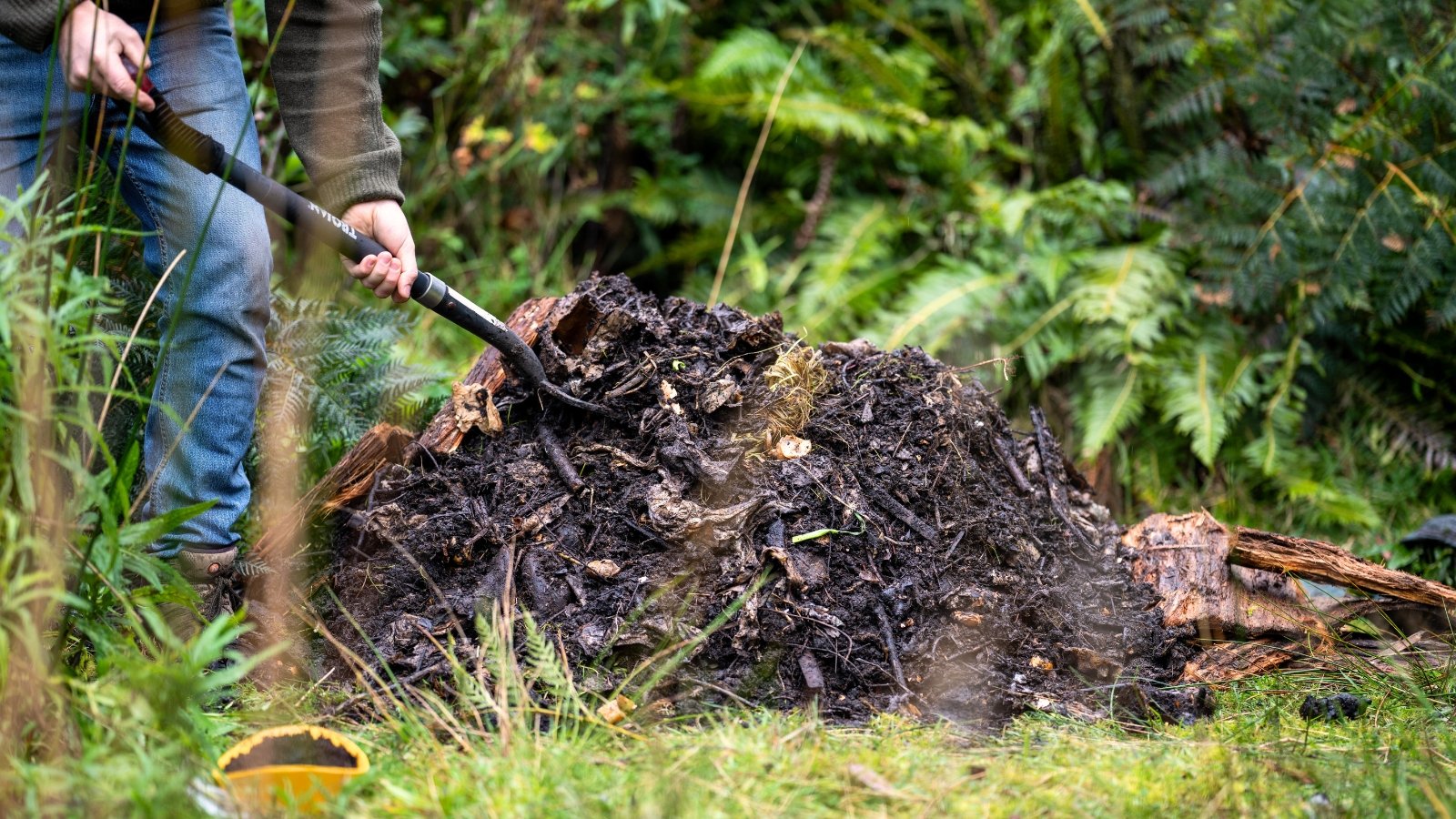

A chilly pile heats up shortly with just a few strategies. Earlier than you make your pile, chop all of the mulch items into smaller sizes. Small particles are simpler for composting organisms to eat, and so they facilitate sooner decomposition.
You may enhance warmth in present piles by manipulating water and airflow ranges or by including a protein-rich modification. If piles are chilly and dry, they want water and correct turning. Utilizing a broad fork or pitchfork, stab the decaying mulch and switch it. Deliver particles on the skin to the within, then rake up the realm to maintain it tidy.
Gradual-working piles might have a nutrient enhance. Amendments like grass clippings, oatmeal, soy meal, and alfalfa pellets present a fast decaying supply of vitamins like protein and nitrogen. Incorporate them all through, and keep away from including new waste for just a few weeks.
Can It Get Too Heat?


Excessive warmth kills good and unhealthy microbes, that means your modification shall be devoid of life while you add it to your backyard beds. Temperatures above 140-149°F (60-65°C) are too excessive for delicate micro organism, fungi, and archaea.
One of the best ways to decrease temperatures is by turning. Every day turning with a pitchfork ensures the piles keep scorching however not too scorching. It additionally retains a gradual circulation of oxygen reaching the useful microbes, permitting them to eat quickly the uncooked mulch and kitchen scraps.
Curiously sufficient, turning piles can also enhance temperatures. It permits microbes to achieve new, undecayed particles they haven’t touched, and so they feed in a frenzy. Whenever you cycle a pile, you introduce airflow and enhance microbial exercise; these actions steadiness one another out, leading to an optimum composting temperature.
Seasons Have an effect on Temperature
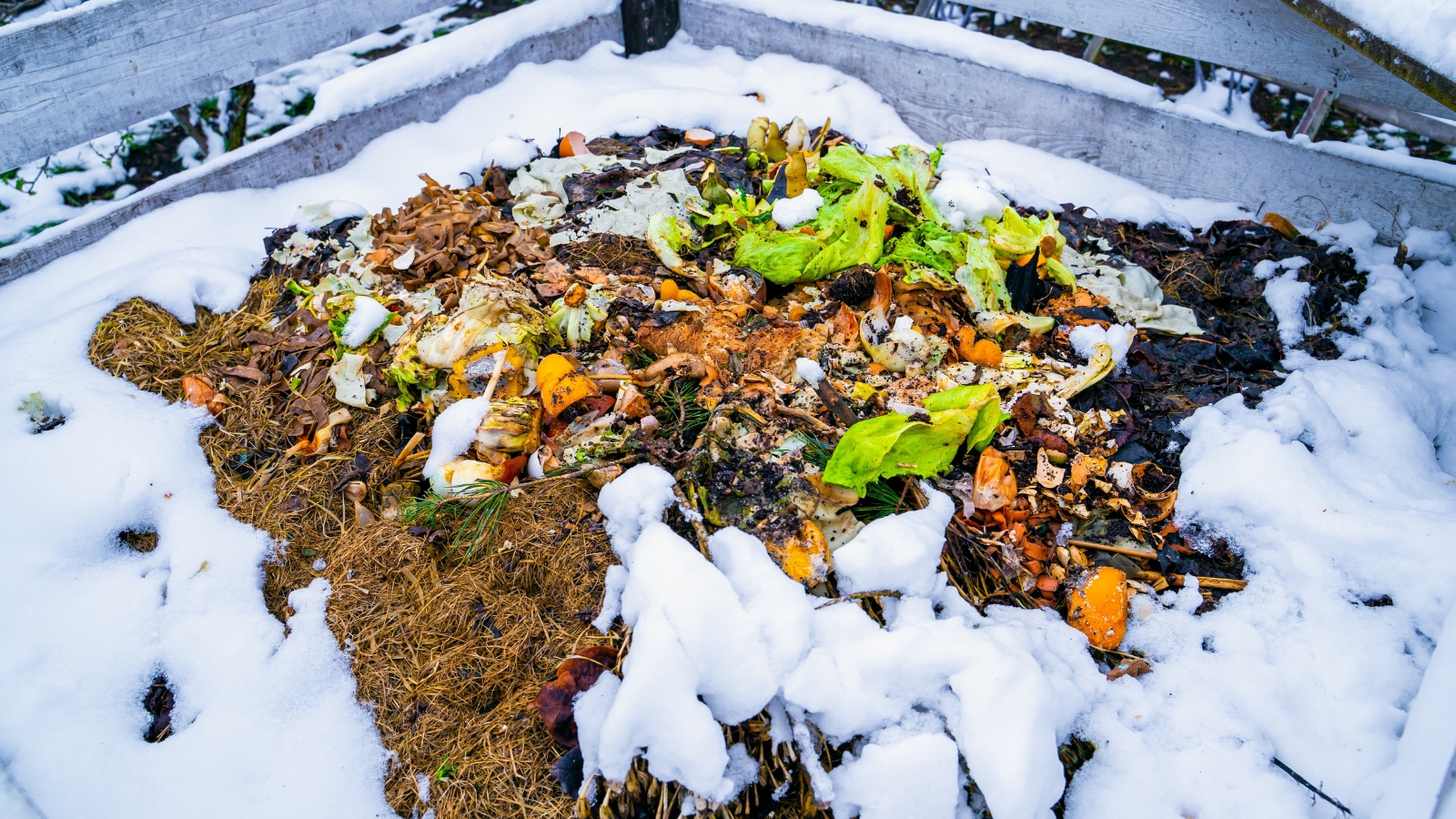

The ultimate uncontrollable issue is the climate. Cool, moist climate initiates chilly composting to happen. Decay nonetheless occurs, simply at a a lot slower charge than when sunshine and heat temperatures are current.
Maintain piles not less than three ft broad, lengthy, and tall. Bigger ones entice warmth inside, and so they decay higher throughout winter climate than small ones. Even in one of the best of conditions, most piles gained’t readily decompose till the next spring by summer time.
Begin contemporary piles in early spring for a midsummer harvest or in early summer time for a fall harvest. You might also maintain a pile going repeatedly, including to it as you generate waste. Then, while you wish to harvest, dig to the underside of the pile and use the crumbly modification.
Regardless of the methodology or type of composting, you’ll be able to’t go improper when producing upcycling waste. Compost is an invaluable pure modification. Whenever you make your personal, you funnel waste away from landfills. This budget-conscious motion additionally helps your ornamentals and crops thrive with priceless microbes, vitamins, and bugs.
[ad_2]

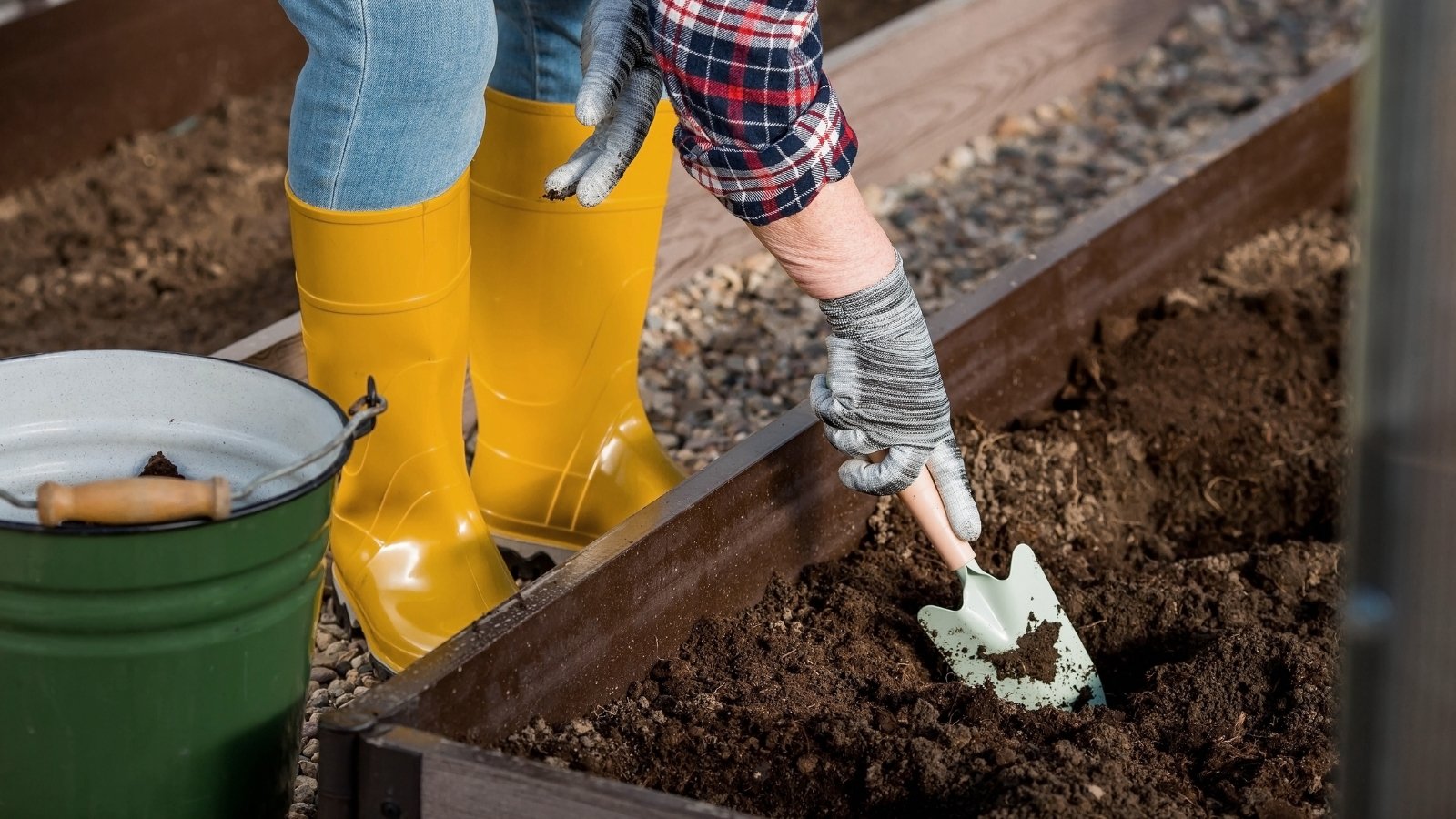

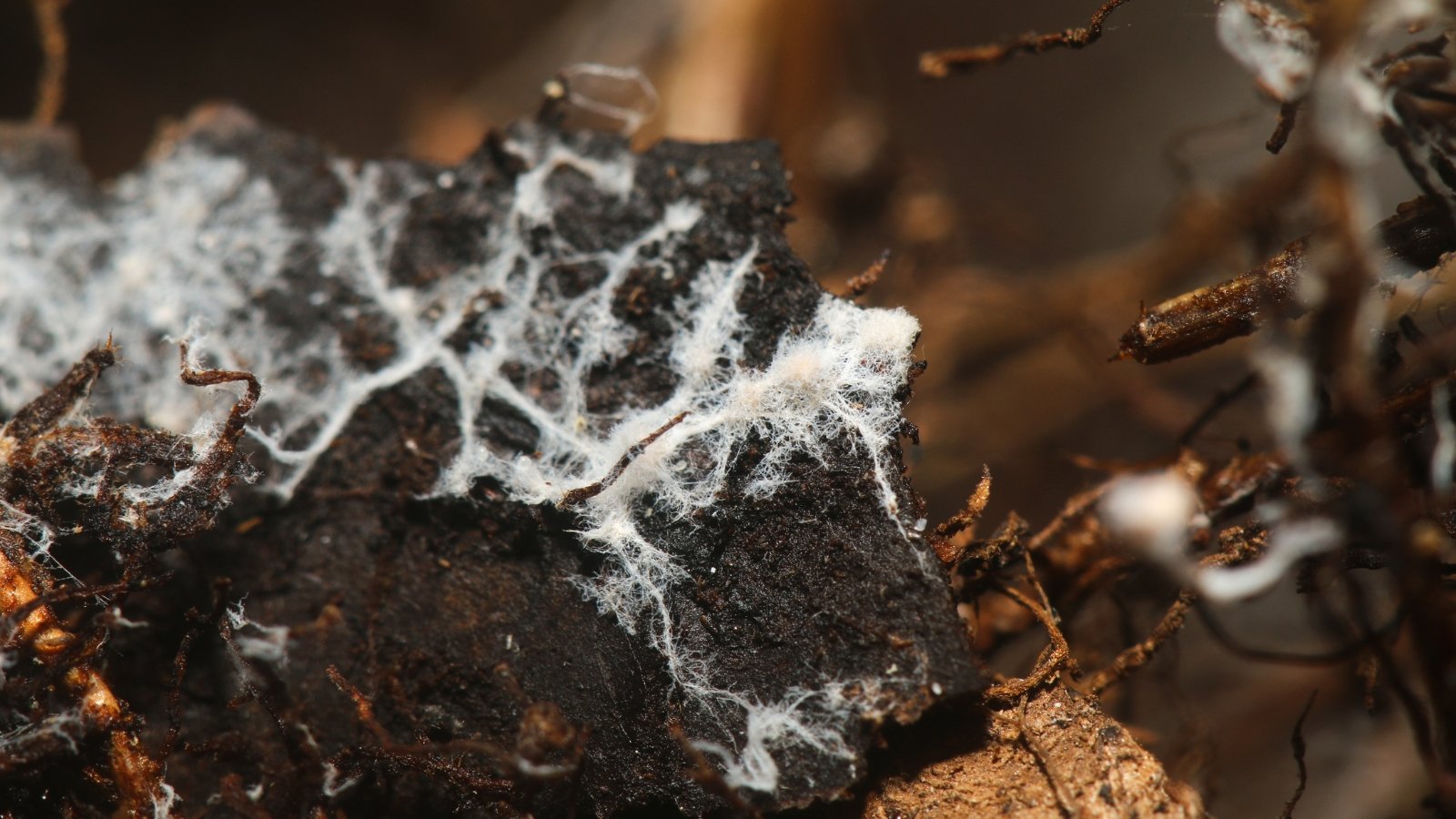
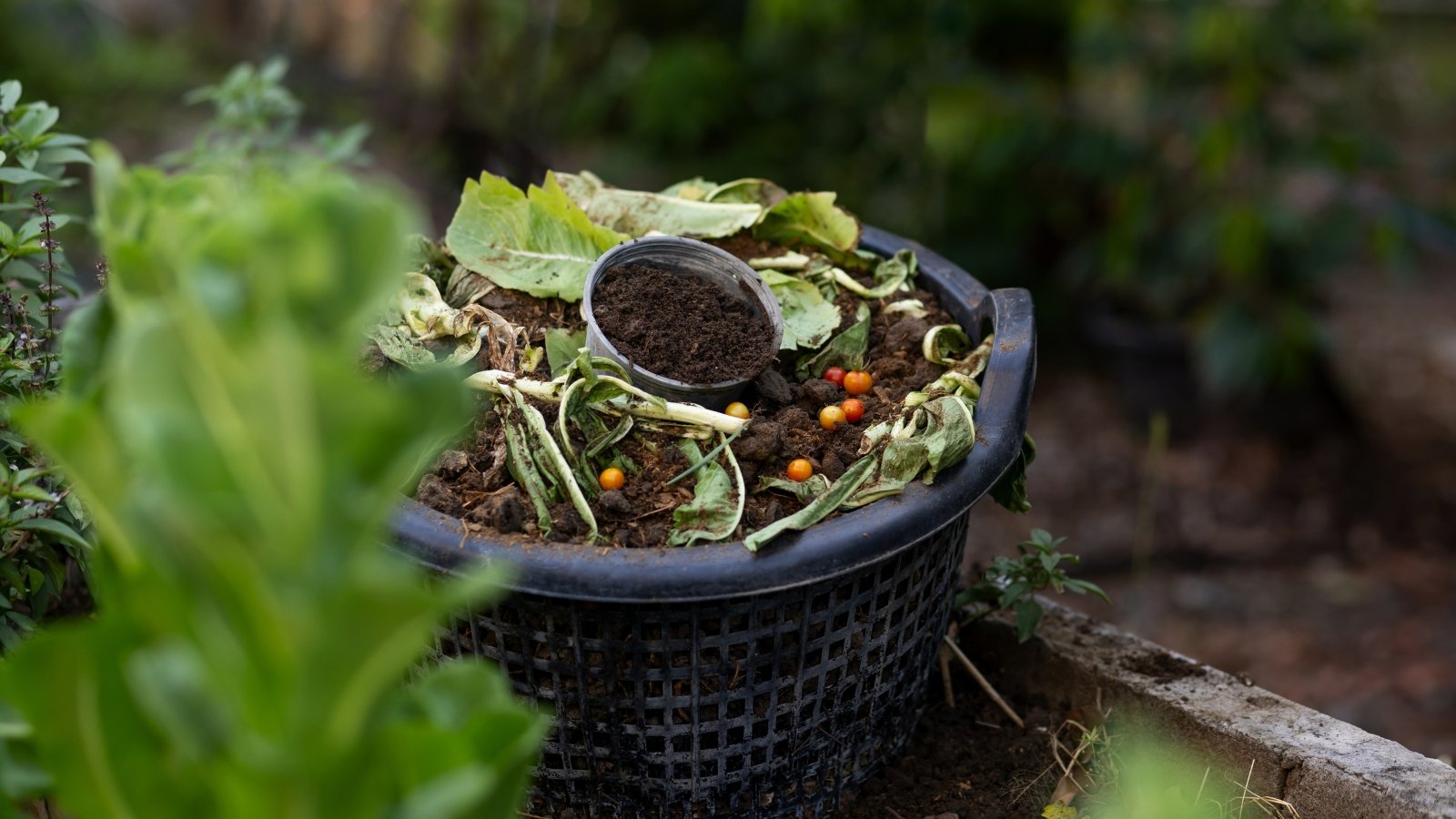
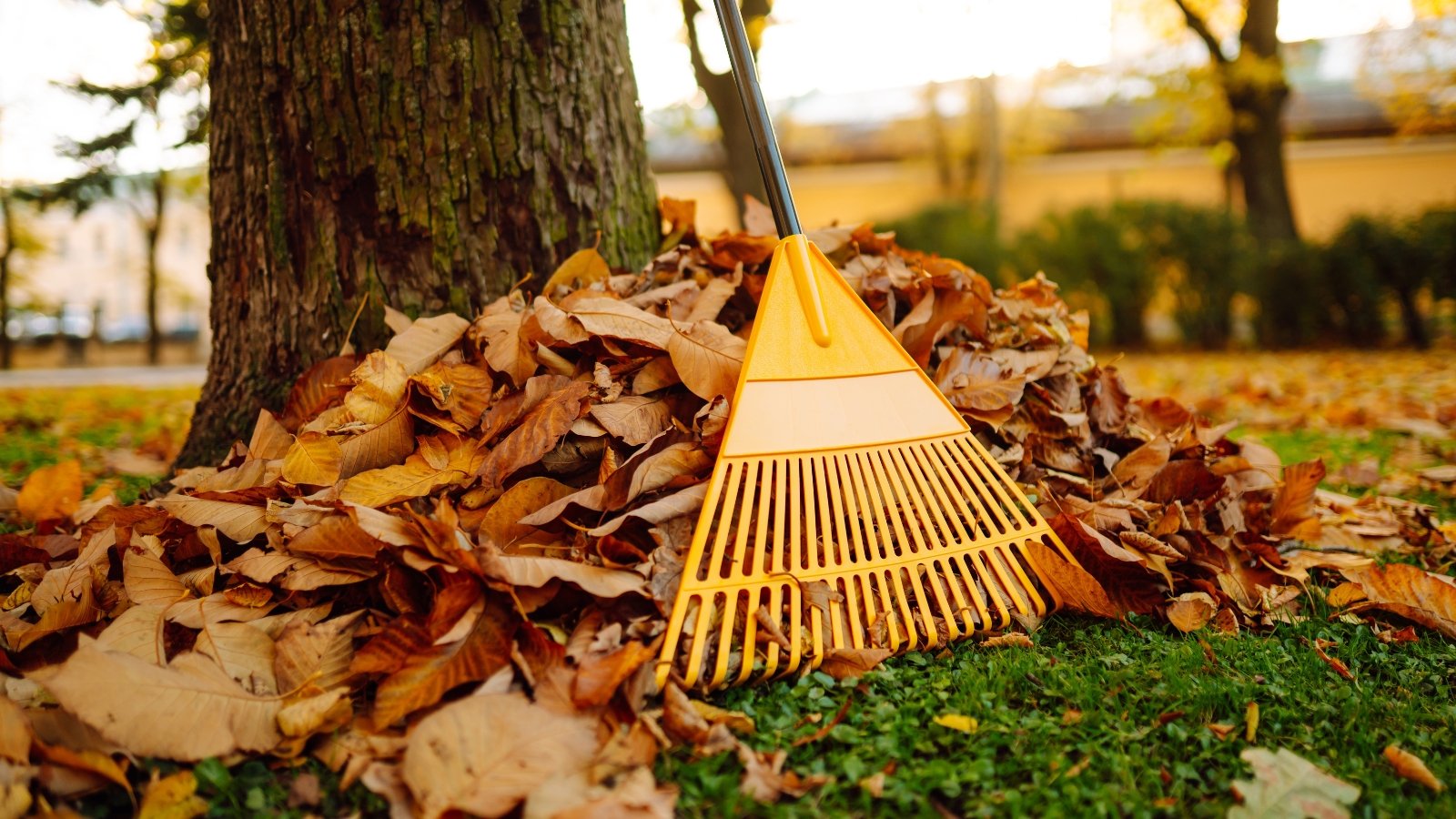
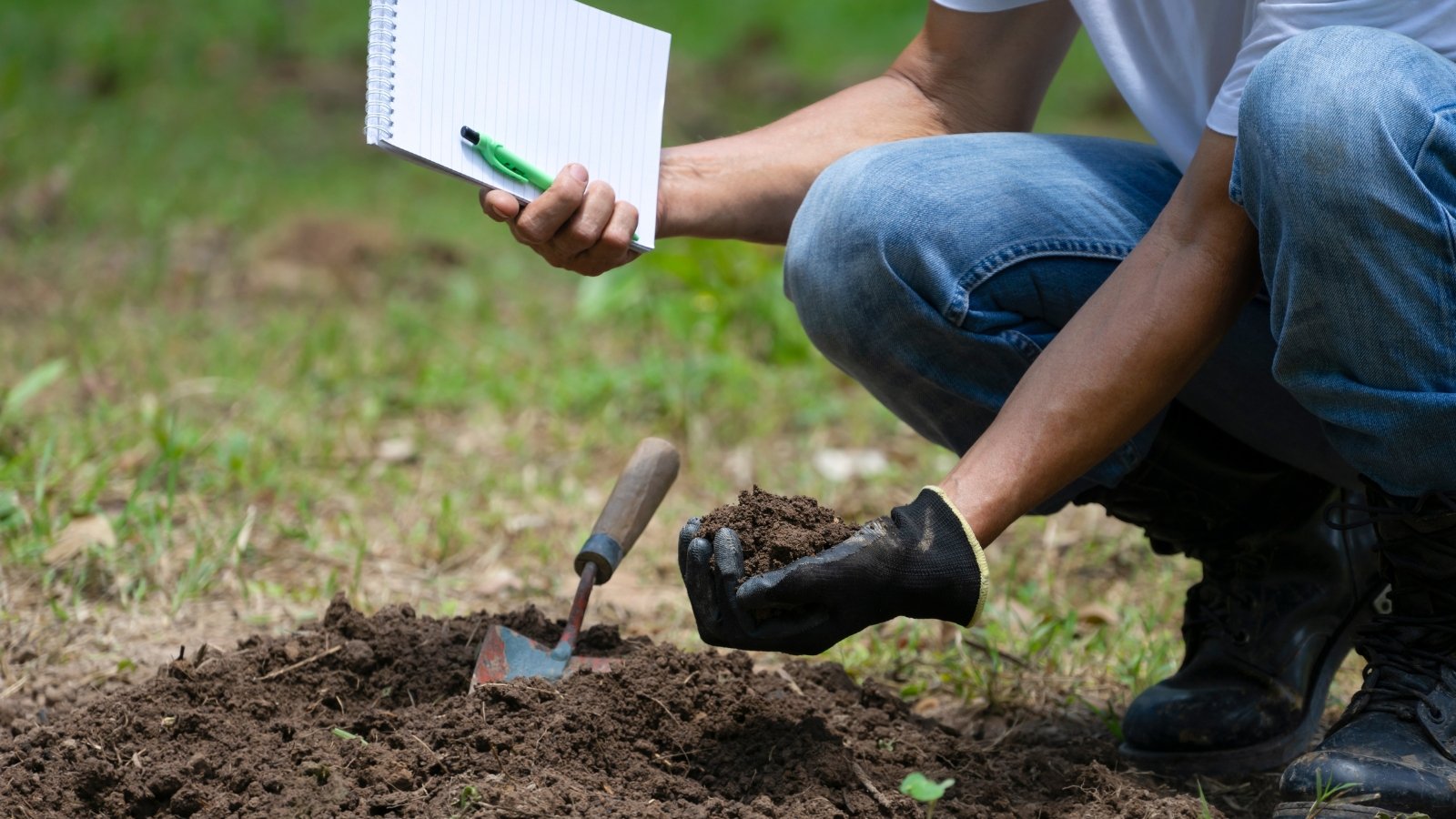
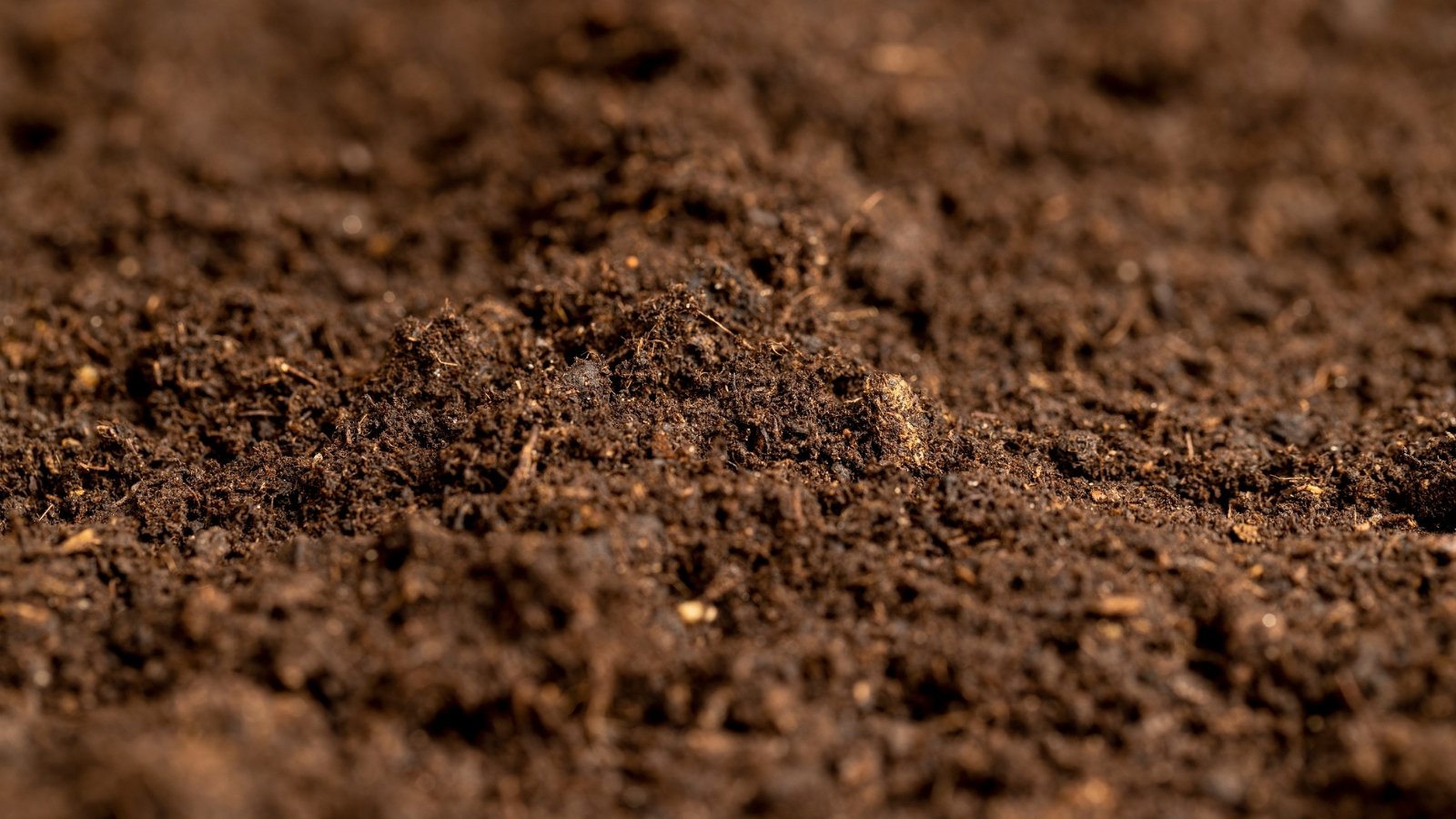

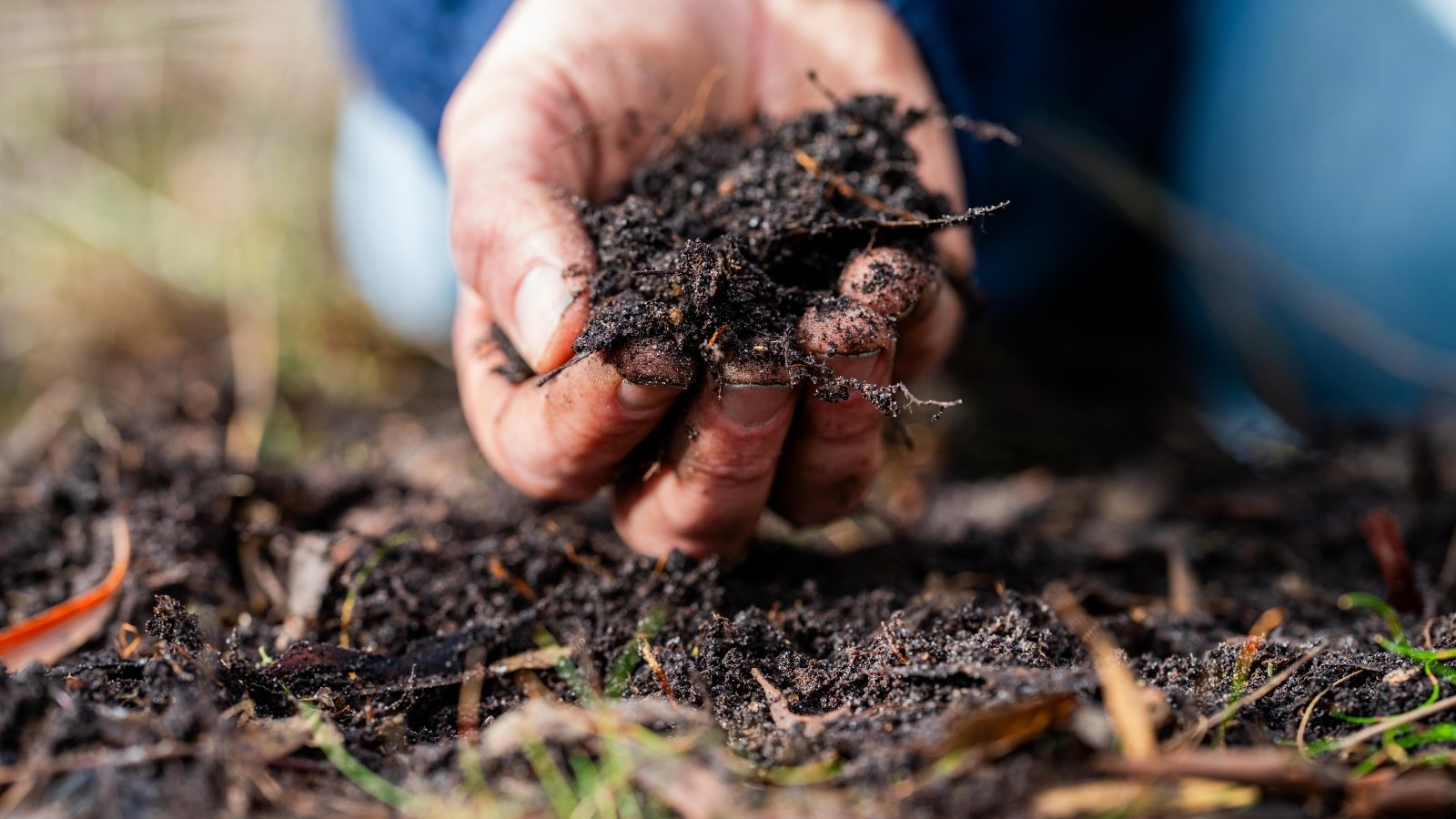
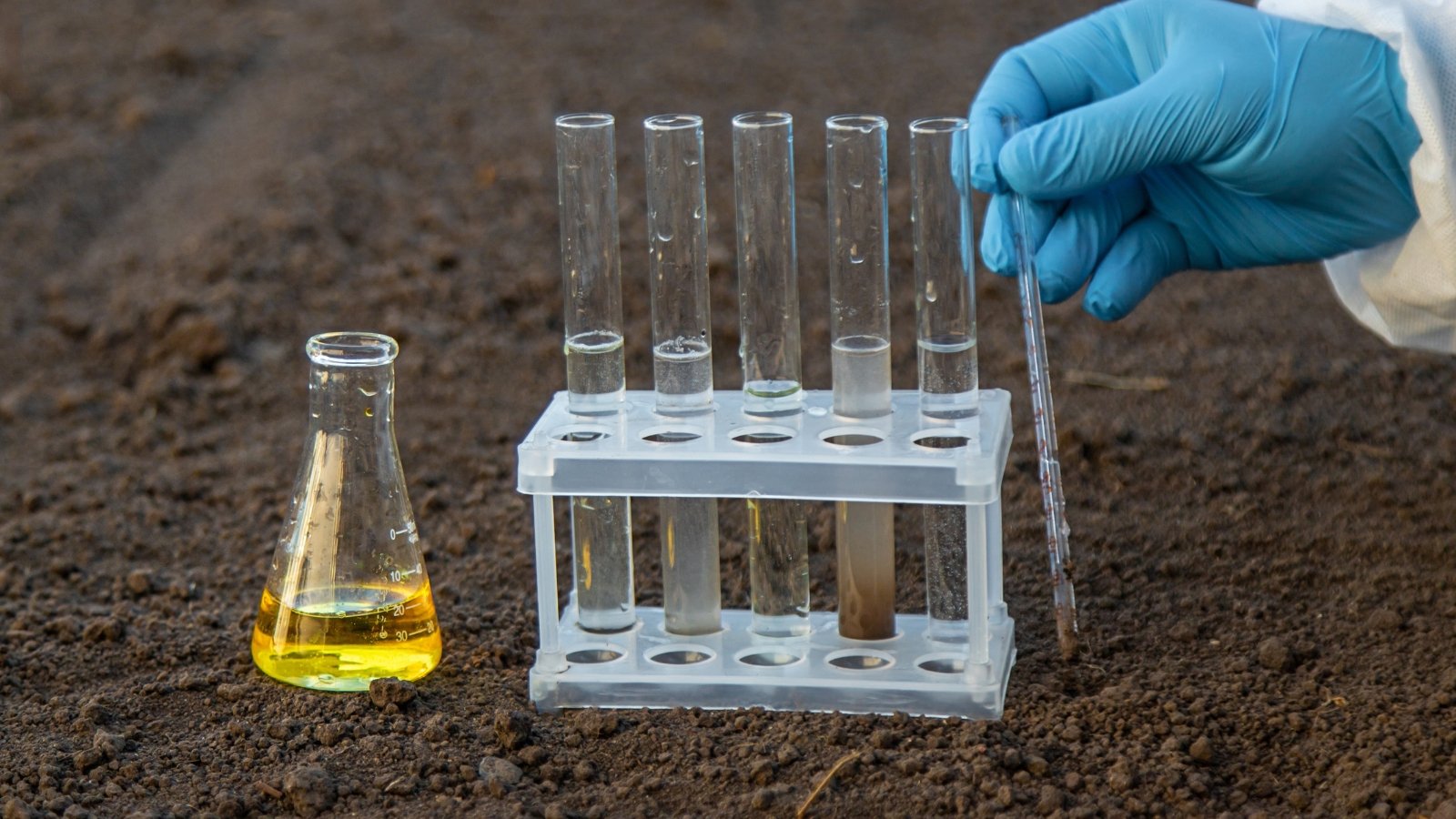
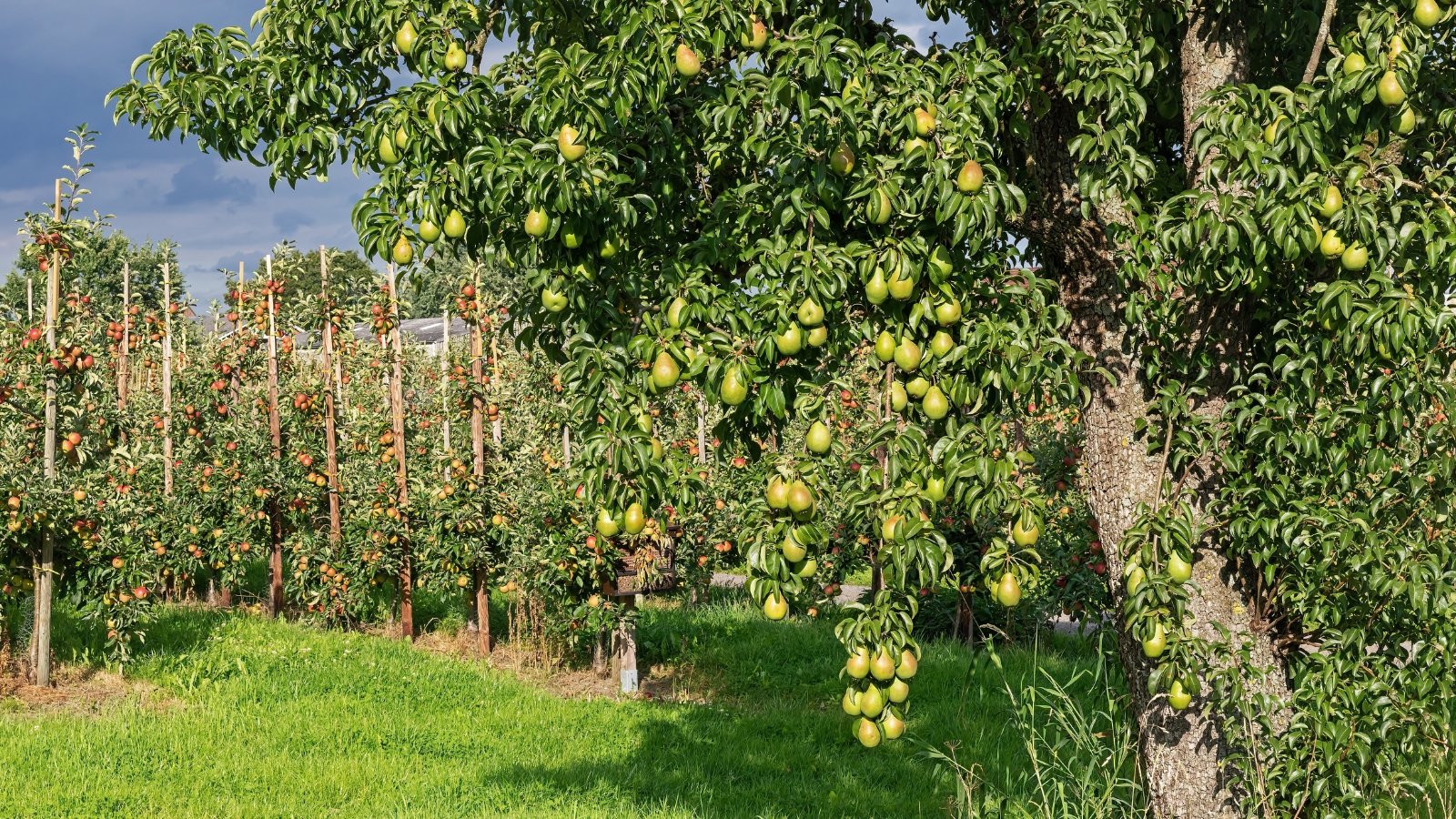
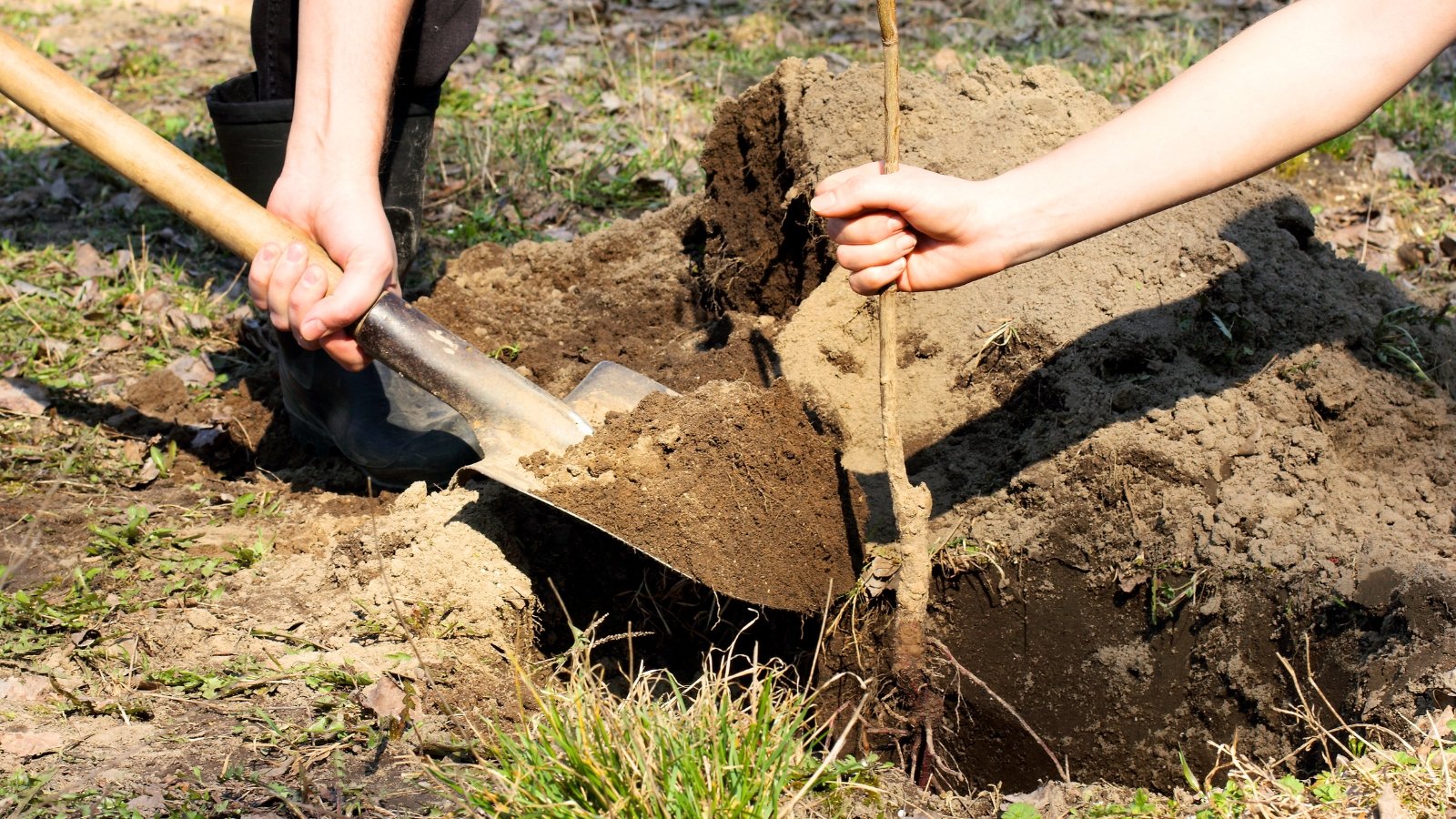
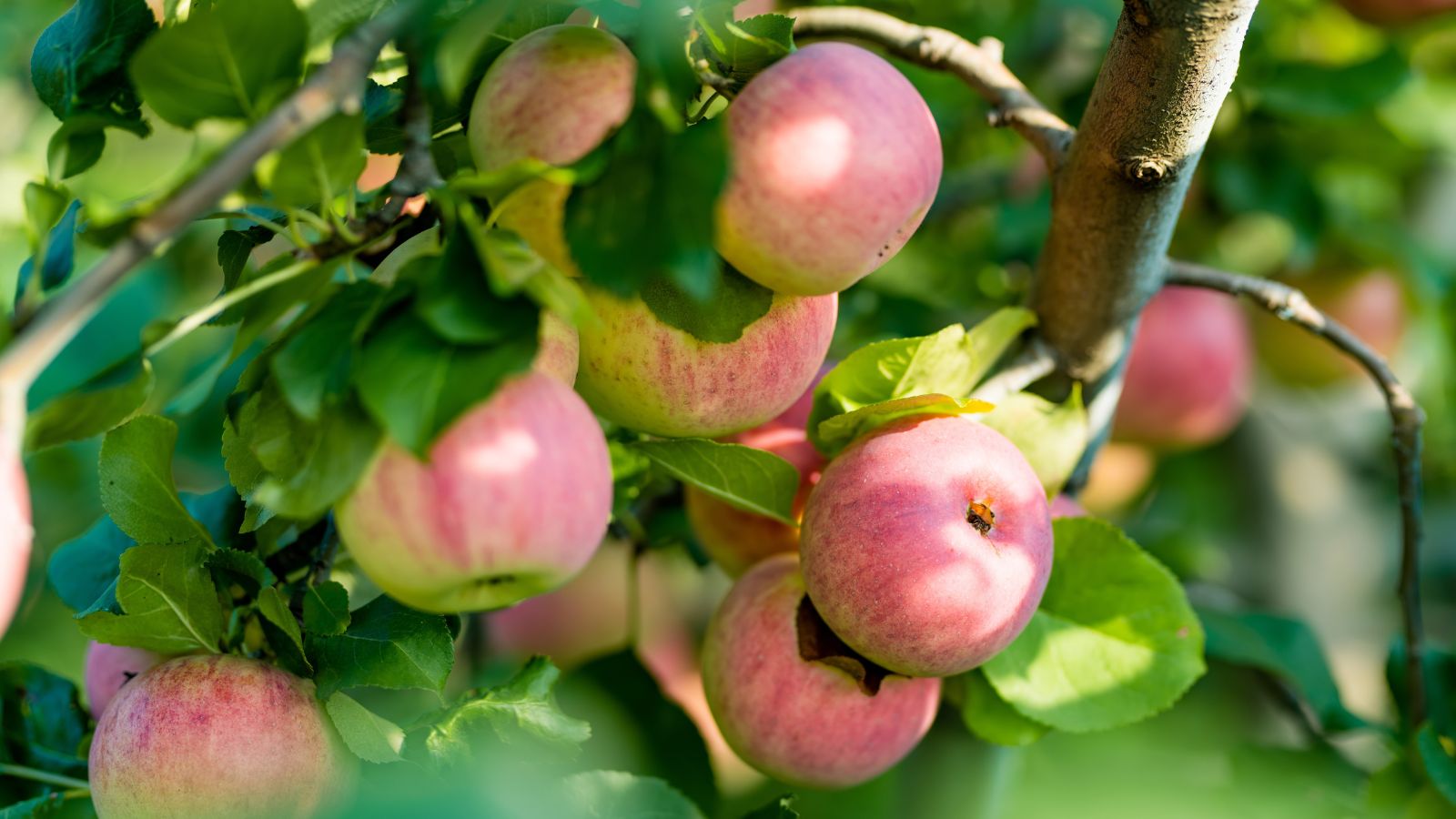
EcoWarrior007
I appreciate how this article breaks down the science behind composting. The emphasis on achieving the right browns-to-greens ratio for hot compost is particularly useful. It encourages sustainable practices while enhancing soil fertility.